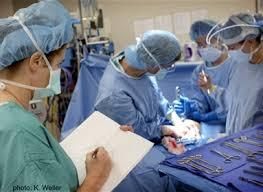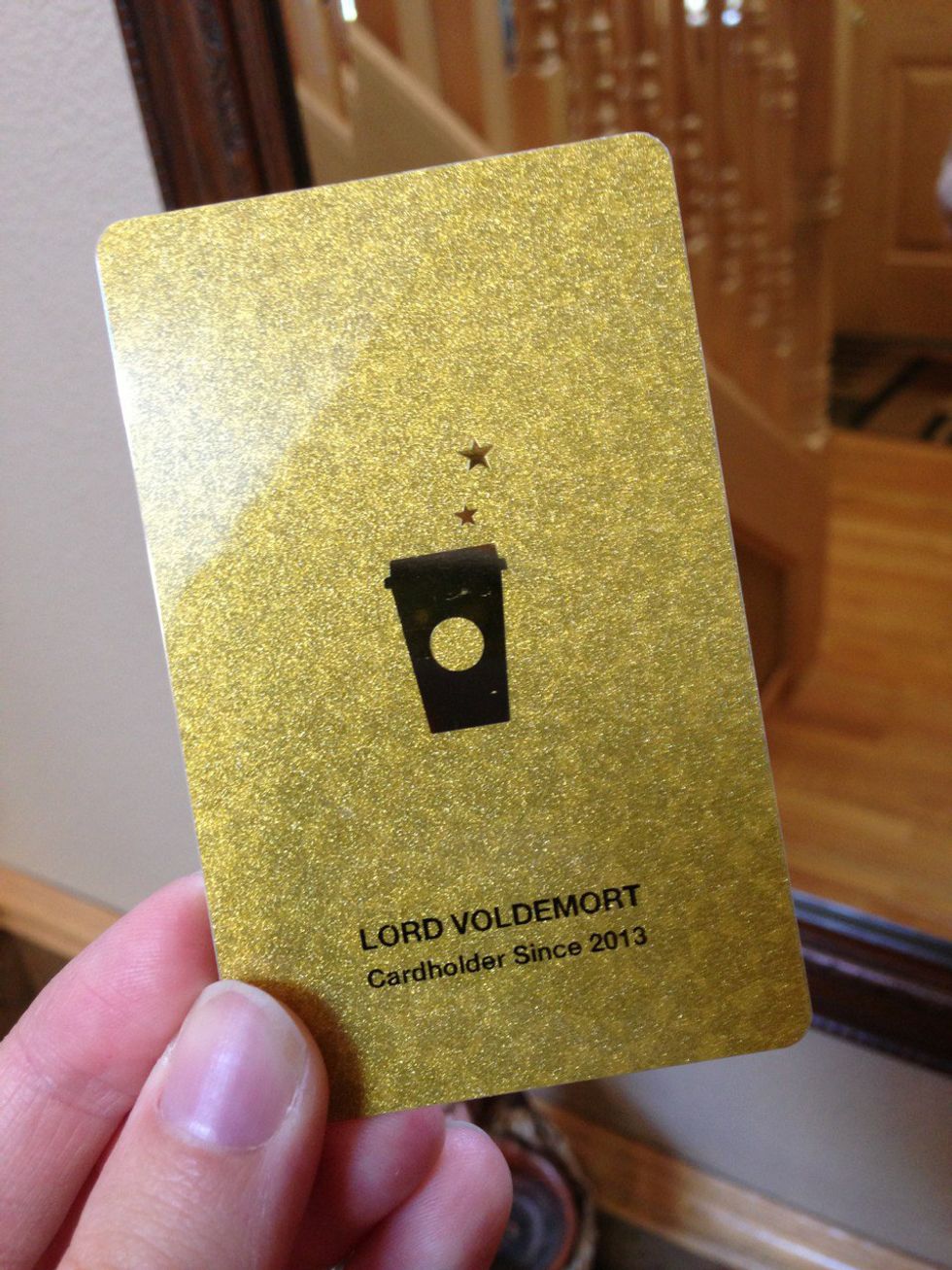An excellent technique to help your audience comprehend complicated processes or circumstances is through animation videos
videos by top-notchmedical animation companiesin the market.
Your viewership will expand and your brand will be strengthened with the help of these videos.
Additionally, animations can aid in the understanding of medical terminology and processes by the general public, which is crucial for their wellbeing. Healthcare marketing is increasingly using medical animation.
The capacity of healthcare animation videos to quickly and effectively communicate complex data is another advantage.
The videos might present new processes or educate new hires. They are free to use again and again. Animations can be used to instruct medical personnel of all ranks.
Additionally, due to their hectic schedules, healthcare workers aren't always accessible to attend lectures or meetings so medical animation is something they can rely on.
How can you grow your healthcare company by a medical animation?
Using medical animation videos for health marketing has several advantages. By employing pictures, it enables doctors to comprehend difficult ideas and processes with ease. Second, animated videos can help patients understand more.
Health marketing is increasingly using animated medical clips. Videos using animation can aid in the promotion of a product or an idea. It is hardly surprising that the healthcare sector gives patient care a high priority.
Videos can provide patients a visual explanation of a complicated topic.
A fantastic technique to explain complex operations to laymen and medical students alike is using animations. They can learn about the procedure and how it improves their health by seeing a 3D video.
The majority of individuals have a poor opinion of the healthcare industry. Video animations in the field of medicine can change this perspective. The best method for people to comprehend difficult medical jargon is through animated animations.
You can gain your audience's confidence and keep them interested by doing this. The animated video is a fantastic approach to improve customer care and raise awareness of your company.
Animation-based videos might also be useful for healthcare workers. These animated videos might assist patients comprehend the procedure by demystifying medical language.
Additionally, they can be useful when an epidemic is in progress and it is hard to explain the procedure to the mainstream audience.
And to mention, the animated video can be seen several times because of the time and effort most medical video production companies put in.
The explanatory animations effectively assist students with good health education to diagnose their issue. It aids in knowledge retention for persons with low health literacy in the same way that it does for those with higher levels of health literacy.
Animations can therefore help with professional training while also addressing medical information and public consciousness.
It helps people who have difficulty comprehending medical jargon and issues or who have little to no medical knowledge. Also, animations by themselves are insufficient. They must have audio and written narrative to complement them.
How well do animations educate people in healthcare?
Our mind works as a kind of visual processor. Before you even realize it, it can automatically memorize visual encounters.
Regardless of how much effort you put into memorization, things like texts and phrases you studied in school might still be lost.
Additionally, our brains have a considerably harder time remembering and retrieving text-based information. It is evidently far simpler to recall how a machine works from a video or image than from reading about it.
Learning through the use of visual resources can improve knowledge retention and speed up this process swiftly.
We could use a wide variety of visual elements in our teaching programs including pictures, graphs, and clips.
However, employing video resources instead of static visuals or just words might produce far better learning results in medical instruction.
An online study comparing animated and static resources was done to see how well animations worked for viewers with various degrees of health knowledge. And guess what? Animations were better!
When it relates to engagement and retention, this is superior learning material than textbooks. In terms of cost, it is also a more affordable option than 3D videos. The procedure is depicted in a more reasonable way in the 2D animation.
However, similar to 3D animation medical education, it can also provide students with an interesting multimodal learning experience. 2D medical animations make dry instruction considerably more entertaining and humorous.
Additionally, it is faster than 3D medical animation. As a result, it is appropriate for time-sensitive initiatives like the promotion for medical awareness programs.
The technology we now have makes it possible to graphically represent biological activities and surgical treatments more accurately and clearly than is achievable by actually watching such operations and processes.
The ability to understand objects that are invisible to the human eye—either because they are too tiny or too challenging to see from inside the body—is crucial to doctors.
Furthermore, viewing live action footage might be uncomfortable for people who are not directly involved in the medical industry. An animation is frequently far superior than live action for patients or investors who need to comprehend a major operation or surgery.
In Conclusion
The medical industry can benefit from animations as a visual assistance. To convey the information in a creative way, we require something more than a simple paper or illustration.
Using either 2D or 3D animation in medical education depends on the type of medical subject and locale. If we mix and use these animated video kinds properly, the end result will be a training program that is both economical and effective.
For your help, you may contact BuzzFlick to discuss your medical animation project as they have handled a diverse portfolio of clients belonging to healthcare.







 Christmas and New Year gift card
Photo by
Christmas and New Year gift card
Photo by  butter cookies on plate
Photo by
butter cookies on plate
Photo by  boy holding Holy
boy holding Holy 









